Verification of Atlantic ghost storm tracks of June-July 2020
I falsely detected (sub)tropical cyclogenesis in Atlantic (north of
equator and west of Greenwich) 48 times in June thru July of 2020.
Tracks were made of 18 systems.
In the calculations, crossover into East Pacific as a tropical cyclone
is considered equal to dissipation.
At the lead time of 1 day (24 hours), there were 0 false detections.
At the lead time of 2 days (48 hours), there was 1 false detection.
At the lead time of 3 days (72 hours), there was 1 false detection.
At the lead time of 4 days (96 hours), there were 0 false detections.
At the lead time of 5 days (120 hours), there were 0 false detections.
At the lead time of 6 days (144 hours), there were 1 false detection.
At the lead time of 7 days (168 hours), there were 2 false detections.
At the lead time of 8 days (192 hours), there were 7 false detections.
At the lead time of 9 days (216 hours), there were 8 false detections.
At the lead time of 10 days (240 hours), there were 10 false detections.
At the lead time of 11 days (264 hours), there were 8 false detections.
At the lead time of 12 days (288 hours), there were 12 false detections.
At the lead time of 13 days (312 hours), there were 8 false detections.
At the lead time of 14 days (336 hours), there were 10 false detections.
At the lead time of 15 days (360 hours), there were 10 false detections.
At the lead time of 16 days (384 hours), there were 11 false detections.
At the lead time of 17 days (408 hours), there were 12 false detections.
At the lead time of 18 days (432 hours), there were 12 false detections.
At the lead time of 19 days (456 hours), there were 12 false detections.
At the lead time of 20 days (480 hours), there were 9 false detections.
Ghost storm L#20
June 5, 12Z:
June 6, 12Z:
June 9, 12Z:
June 9, 18Z:
June 10, 12Z:
June 10, 18Z:
June 16, 12Z:
Ghost storm L#21
June 1, 12Z:
Ghost storm L#25
June 2, 12Z:
June 4, 06Z:
System L#26
Ghost storm L#27
June 1, 12Z:
June 2, 12Z:
Ghost storm L#28
June 1, 12Z:
June 7, 12Z:
June 7, 18Z:
June 8, 18Z:
June 9, 18Z:
Ghost storm L#29
This is best identifiable with a tropical wave, just west of 40W in the following synoptic chart.June 6, 12Z:
June 10, 18Z:
Ghost storm L#30
This isn't identifiable with anything.June 6, 12Z:
Ghost storm L#31
These are best identifiable with a tropical wave, near 35W in the following synoptic chart.June 7, 12Z:
June 10, 12Z:
Ghost storm L#32
This lone track is not identifiable due to long lead time.June 15, 12Z:
Ghost storm L#33
These are best identifiable with a tropical wave, located just east of Nicaragua in the following synoptic chart.
June 15, 18Z:
June 16, 12Z:
June 17, 06Z:
June 17, 18Z:
June 21, 06Z:
June 22, 06Z:
June 23, 12Z:
June 24, 06Z:
June 25, 06Z:
System L#34
Ghost storm L#35
This is best identifiable with a trough, which is east of Florida in the following synoptic chart.
June 23, 12Z:
June 24, 06Z:
June 26, 06Z:
June 29, 12Z:
July 8, 06Z:
System L#36
System L#37
System L#38
System L#39
System L#40
System L#41
System L#42
Ghost storm L#43
Ghost storm L#44
This isn't identifiable with anything.
July 23, 12Z:
System L#45
System L#46
Ghost storm L#47
This broad signal eventually became Invest 94L, which didn't develop. These tracks continued in August.
July 26, 12Z:
July 29, 12Z:
Ghost storm L#48
This is best identifiable with the trough, which is located near 30N 40W in the following synoptic chart. These tracks continued in August.
July 27, 12Z:
July 28, 06Z:
July 29, 12Z:
July 31, 06Z:
Ghost storm L#49
These aren't identifiable.
July 28, 06Z:
July 29, 12Z:
Ghost storm L#50
This lone track is best identifiable with the trough, which extends from 20N to 30N near 50W in the following synoptic chart.
July 29, 12Z:
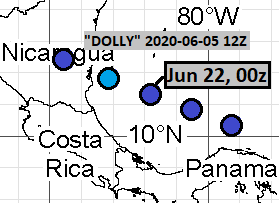
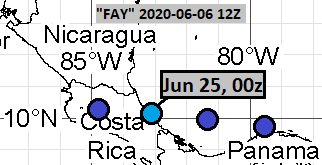

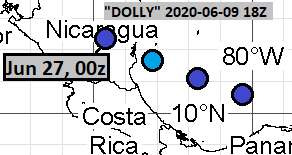

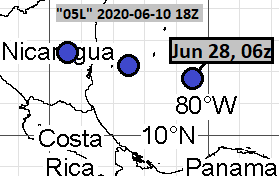



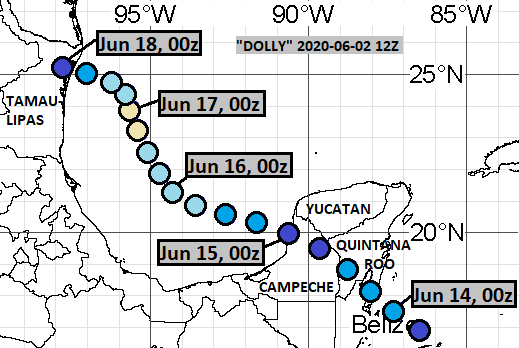



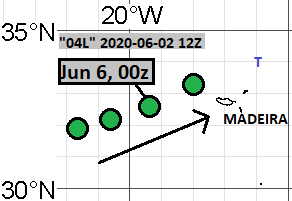


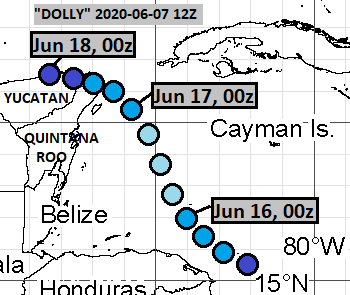
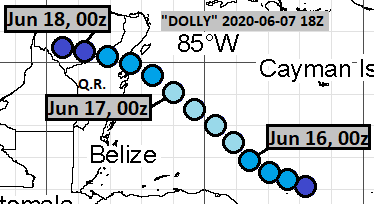
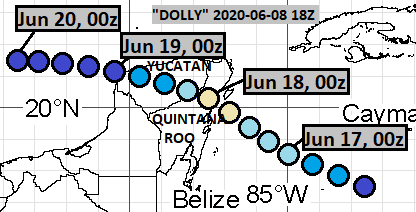
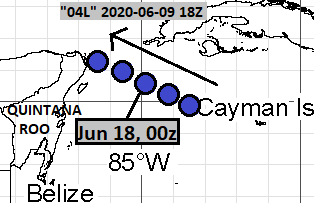

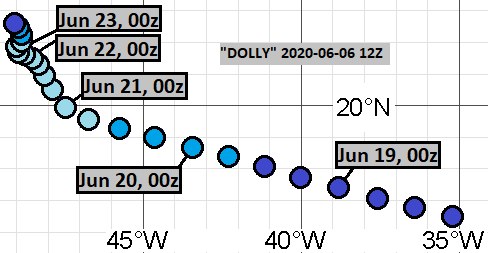
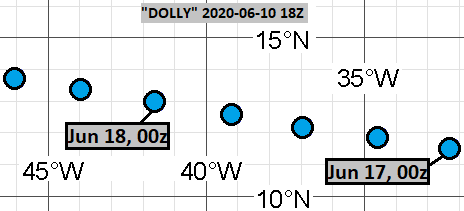



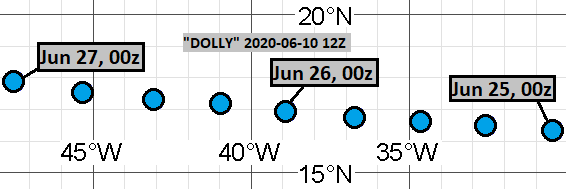
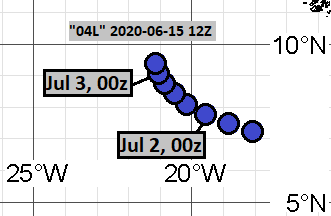

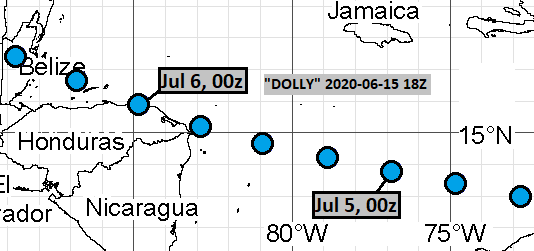
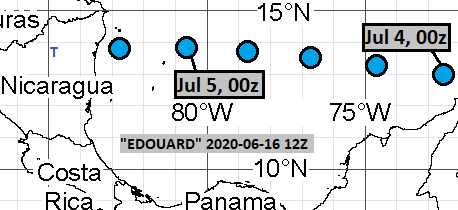
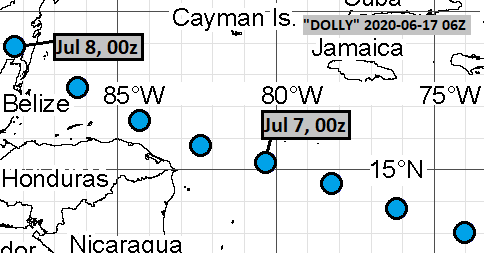
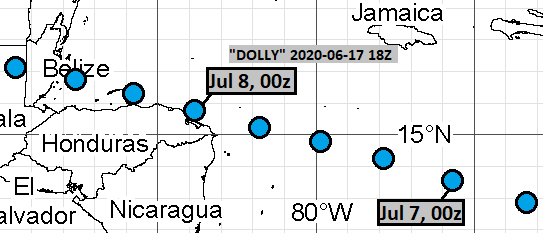
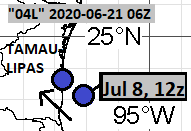
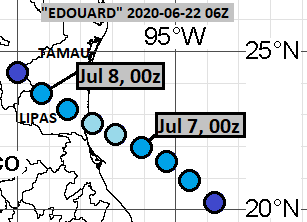

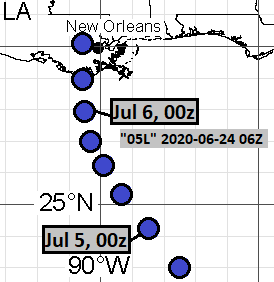
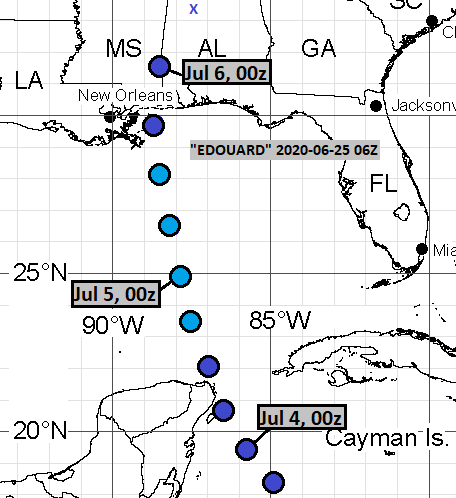

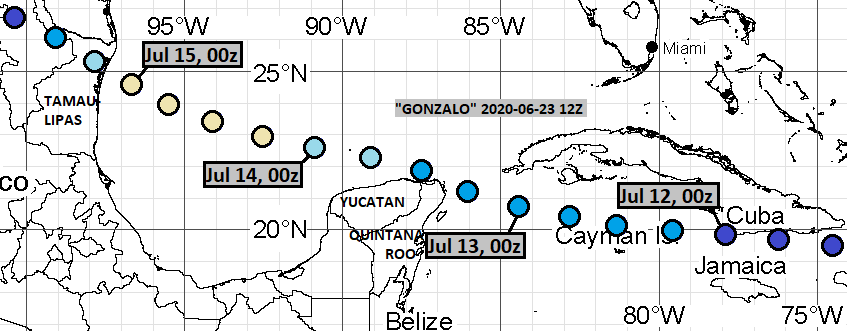
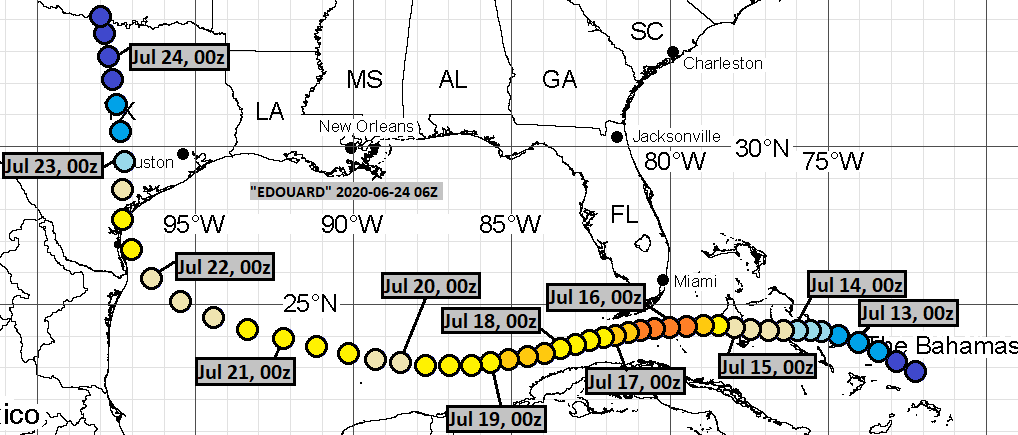
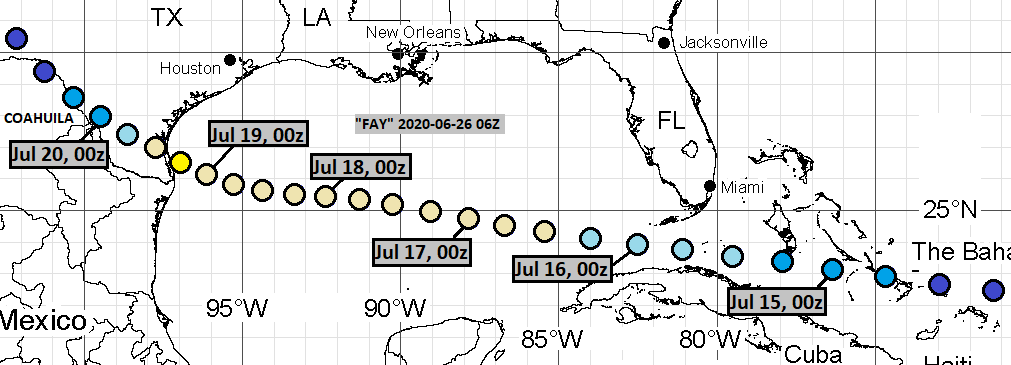
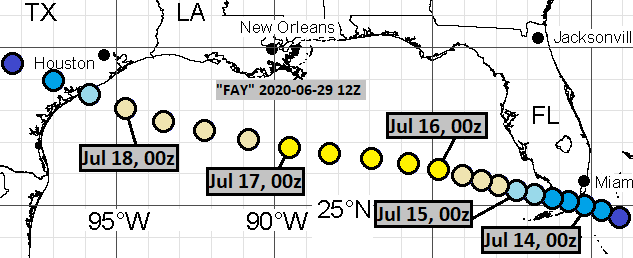
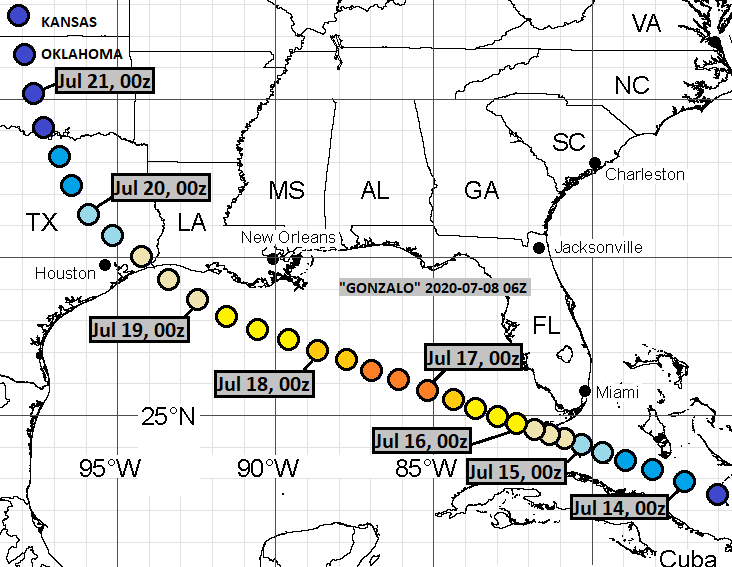
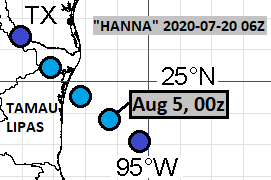



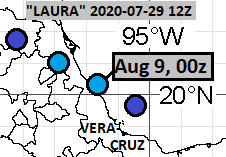

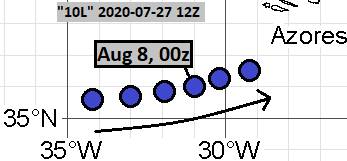
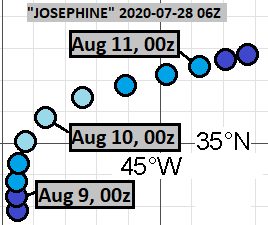
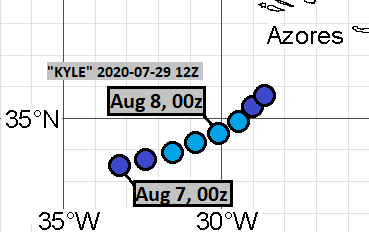

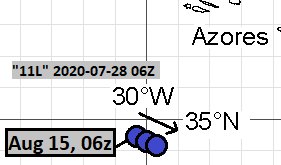



Comments
Post a Comment